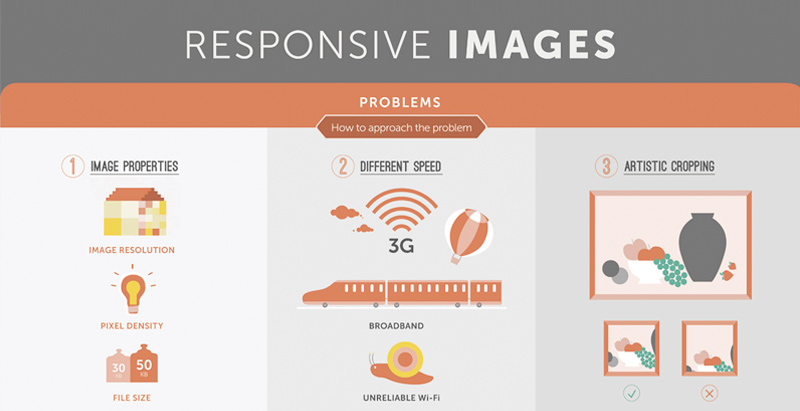The Development Of Site Layout: From Earlier Times To Currently
The Development Of Site Layout: From Earlier Times To Currently
Blog Article
Material Author-Hartley Stender
In the past, internet sites were simple and focused on information. Navigation was straight, and design was for desktop computers. Currently, customer experience is crucial. Information overviews styles for simple navigation. Responsive layouts fit various gadgets. Today, dark mode minimizes pressure, and minimal food selections improve navigating. Interactive functions engage customers, and strong visuals stand apart. AI integration enhances interaction. See just how style has actually advanced to boost your online trip.
Very Early Days of Web Design
In the early days of web design, simpleness reigned supreme. Internet sites were standard, with minimal shades, fonts, and layouts. The emphasis was on providing information instead of showy visuals. Customers accessed the web through slow dial-up links, so speed and capability were essential.
Navigation menus were straightforward, typically located on top or side of the page. Websites were created for home computer, as mobile surfing wasn't yet widespread. Material was king, and designers focused on very easy readability over complicated style components.
HTML was the main coding language made use of, and developers needed to work within its restrictions. Animations and interactive attributes were minimal compared to today's requirements. Sites were static, with little dynamic web content or personalized individual experiences.
Surge of User-Focused Style
With the advancement of web site layout, a shift towards user-focused layout concepts has become significantly noticeable. Today, creating websites that focus on individual experience is important for engaging visitors and attaining service objectives. User-focused design entails recognizing the demands, preferences, and habits of your target audience to customize the website's design, material, and features accordingly.
Designers now carry out detailed research study, such as customer studies and usability screening, to collect understandings and comments straight from individuals. This data-driven technique helps in producing user-friendly navigation, clear calls-to-action, and aesthetically appealing user interfaces that resonate with visitors. By placing the customer at the center of the layout process, internet sites can deliver an extra personalized and delightful experience.
Receptive layout has additionally become a key aspect of user-focused layout, guaranteeing that sites are enhanced for various devices and display sizes. This versatility enhances availability and functionality, catering to the varied ways users communicate with internet sites today. Fundamentally, the increase of user-focused layout indicates a change in the direction of producing electronic experiences that focus on the requirements and assumptions of completion user.
Modern Trends in Web Design
Explore the latest patterns forming web design today. https://indiantelevision.com/mam/marketing/mam/guest-column-influencer-marketing-trends-to-keep-on-your-radar-in-2022-220704 is dark setting design, using a sleek and modern-day look while minimizing eye stress in low-light environments. An additional key pattern is minimalist navigating, simplifying menus and enhancing customer experience by focusing on essential elements. Incorporating micro-interactions, such as computer animated buttons or scrolling results, can create a much more interesting and interactive site. Receptive layout stays crucial, making certain smooth customer experiences across various tools. Furthermore, utilizing vibrant typography and unbalanced designs can add aesthetic rate of interest and accentuate particular web content.
Incorporating AI innovation, like chatbots for customer support or tailored referrals, enhances user interaction and improves processes. Accessibility has additionally become a considerable trend, with designers focusing on inclusive style methods to cater to varied user needs. Accepting sustainability by optimizing website efficiency for rate and performance is another arising pattern in website design. Working together with individual responses and data analytics to iterate and boost design continuously is vital for staying pertinent in the ever-evolving electronic landscape. By welcoming these modern-day trends, you can develop an aesthetically enticing, easy to use internet site that resonates with your target market.
Conclusion
As you assess the evolution of site layout from the very early days to currently, you can see just how user-focused design has ended up being the driving pressure behind modern-day trends.
Embrace the trip of change and adaptation in web design, constantly maintaining the individual experience at the leading edge.
Stay current with the most up to date patterns and modern technologies, and never ever stop progressing your method to develop aesthetically magnificent and easy to use sites.
Develop, adjust, and produce - the future of website design is in your hands.
